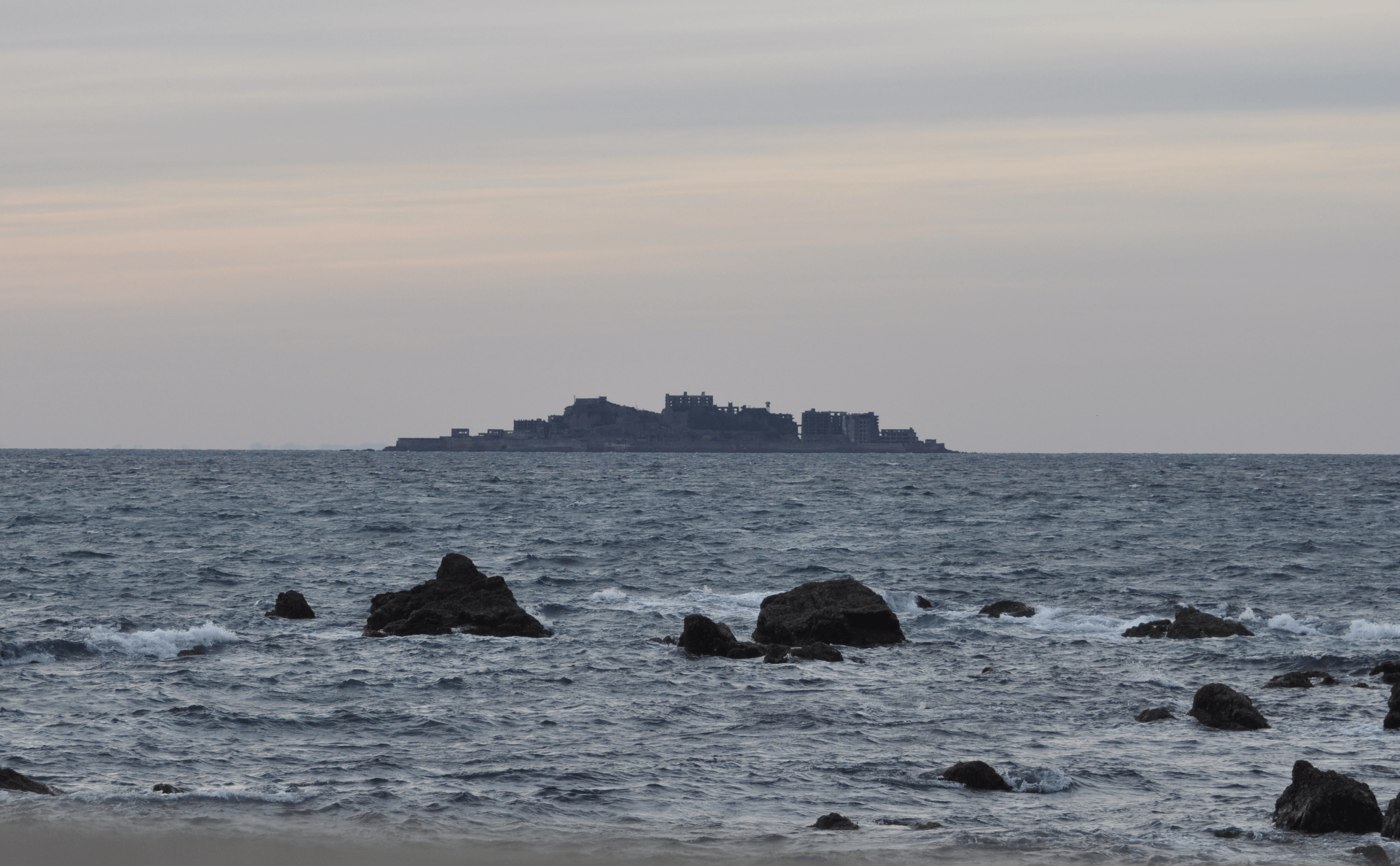
David Palmer on Korean Forced Laborers in Wartime Japan
During World War II, Imperial Japan relied on hundreds of thousands of Koreans for its economy. SHAPS Associate in History Dr David Palmer presented his research on this topic to the SHAPS Fellows & Associates seminar in October 2020. A video recording of the seminar can be accessed below.
From 1939 to 1945 authorities transported almost 800,000 Koreans from their homeland by force in the largest migration of non-Japanese into Japan in the country’s history. Japan’s coal mines alone used 357,000 Koreans, over 50 per cent of the workforce. Koreans suffered at least ten per cent of workplace deaths, and higher rates in the mines. But less than 10,000 Korean remains from wartime Japan have been officially confirmed. The probability of there being unexhumed mass graves of Koreans is therefore substantial. This presentation explores how Japanese and Korean activists have sought to break through deliberate post war neglect of Korean forced laborers’ deaths by the Japanese government and businesses. The story begins two decades ago, a journey where I encountered and learned from these researchers and activists, from Hiroshima and Nagasaki to Kyushu’s Chikuhō coal region and Pyontek, South Korea.
David Palmer received his Ph.D. at Brandeis University, writing on the history of American shipyard workers. After moving permanently to Australia in 1992, he taught at Flinders University. He has interviewed wartime era workers in the U.S., Japan, and South Korea.
Background publications helpful for this talk:
- David Palmer, “Foreign Forced Labor at Mitsubishi’s Nagasaki and Hiroshima Shipyards,” in Marcel M. van der Linden and Magaly Rodriguez Garcia (eds), On Coerced Labour: Work and Compulsion after Chattel Slavery (Brill, 2016); and:
- David Palmer, “Gunkanjima / Battleship Island, Nagasaki: World Heritage Historical Site or Urban Ruins Tourist Attraction?”, Japan Focus, 1 January 2018
Feature image: from the peninsula just south of Nagasaki City, looking out across the Sea of Japan toward Battleship Island mine (Gunkanjima) (2015). Photo by David Palmer.